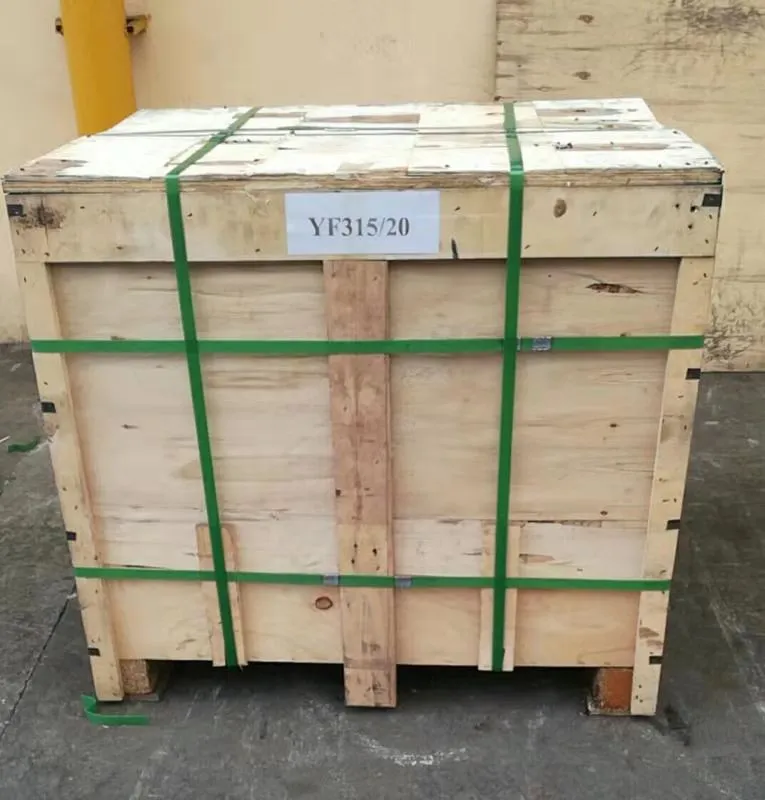gate and butterfly valves
Gate and Butterfly Valves An Overview
In the realm of fluid control systems, valves play an essential role in regulating flow and pressure. Among various types of valves, gate valves and butterfly valves are two of the most commonly used options, each with its unique characteristics, advantages, and applications.
Gate Valves Design and Functionality
Gate valves are mechanical devices that use a flat or wedge-shaped disc to control fluid flow. They work by lifting the gate out of the path of the fluid when fully opened, allowing for unobstructed flow. When closed, the gate seals the passageway, thereby preventing any fluid from passing through. This mechanism makes gate valves particularly well-suited for applications where a straight-line flow with minimum pressure drop is essential.
One of the primary advantages of gate valves is their ability to handle high pressure and temperature environments. They are commonly used in water supply systems, wastewater management, and oil and gas industries. Furthermore, the design of gate valves allows for a minimal pressure drop when fully open, making them ideal for applications where maintaining pressure is critical.
However, gate valves do come with some limitations. They are not well-suited for throttling purposes; using a gate valve to control the flow rate can lead to erosion and is not recommended. Additionally, the time it takes to open or close a gate valve can be a disadvantage in situations requiring quick flow adjustments.
Butterfly Valves A Versatile Alternative
Butterfly valves, on the other hand, offer a different approach to controlling fluid flow. These valves consist of a circular disc that rotates around a fixed axis. When the valve is open, the disc is turned parallel to the flow direction, allowing fluid to pass through. When closed, the disc rotates perpendicular to the flow, effectively sealing the passage.
gate and butterfly valves

One of the significant advantages of butterfly valves is their compact design, requiring less space compared to gate valves. This feature makes them easier to install in tight spaces and favorable for applications where weight and size are critical factors. Furthermore, butterfly valves can be operated rapidly, making them suitable for processes that demand quick adjustments in flow.
Butterfly valves are versatile and can handle various types of fluids, including gases, liquids, and slurries. They are widely utilized in industries such as HVAC, food and beverage processing, pharmaceuticals, and chemical manufacturing. However, while butterfly valves are effective for flow regulation, they can experience higher pressure drops compared to gate valves when fully opened.
Choosing the Right Valve
The selection between gate and butterfly valves largely depends on the specific requirements of the application. For situations that need a full, unobstructed flow with minimal pressure loss, gate valves are often preferred. They excel in high-pressure scenarios and can withstand extreme environmental conditions. Conversely, for applications requiring quick operation, versatility, and space-efficiency, butterfly valves are often the better choice.
In practice, factors such as the type of fluid being handled, the pressure and temperature conditions, and the need for quick operation versus stability will greatly influence the decision-making process. Additionally, considerations regarding maintenance, initial costs, and long-term operational efficiency should be taken into account.
Conclusion
In summary, both gate and butterfly valves serve critical roles in fluid control across various industries. By understanding the differences in design, functionality, and application, engineers and operators can make informed choices to optimize system performance. Whether opting for the robust reliability of gate valves or the quick adaptability of butterfly valves, selecting the appropriate valve is integral to achieving efficient fluid management in any setting.
-
The Smarter Choice for Pedestrian AreasNewsJun.30,2025
-
The Gold Standard in Round Drain CoversNewsJun.30,2025
-
The Gold Standard in Manhole Cover SystemsNewsJun.30,2025
-
Superior Drainage Solutions with Premium Gully GratesNewsJun.30,2025
-
Superior Drainage Solutions for Global InfrastructureNewsJun.30,2025
-
Square Manhole Solutions for Modern InfrastructureNewsJun.30,2025
-
Premium Manhole Covers for Modern InfrastructureNewsJun.30,2025
